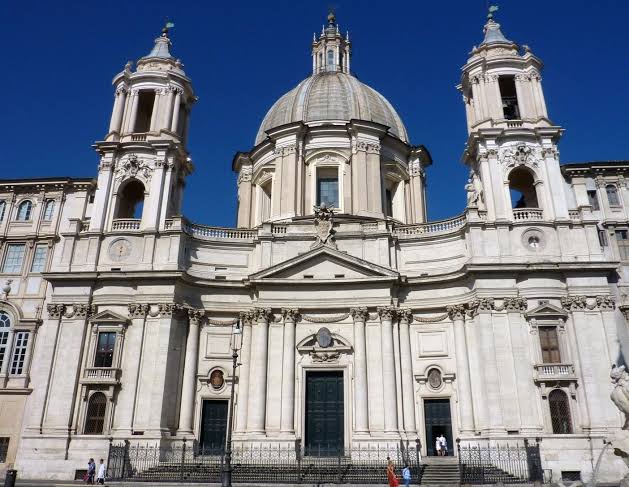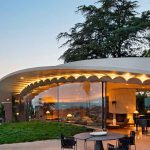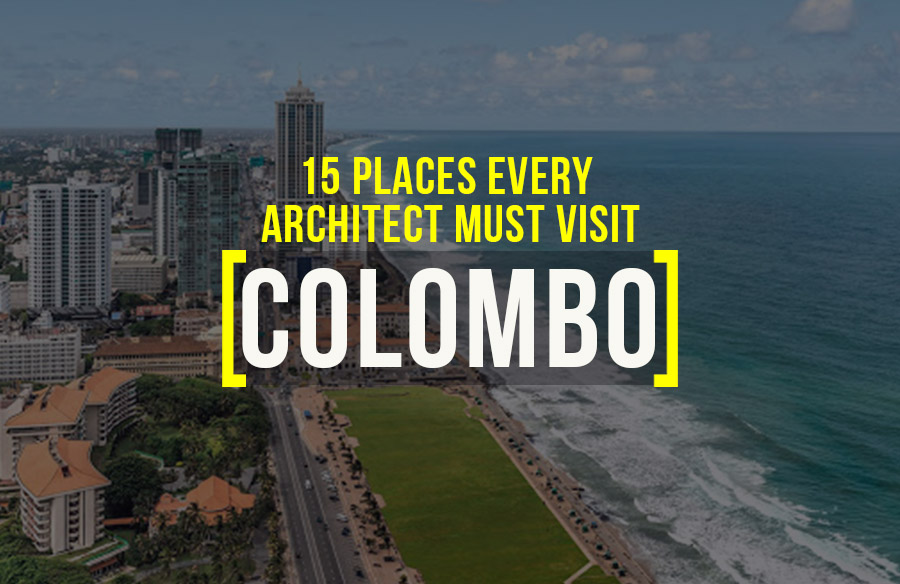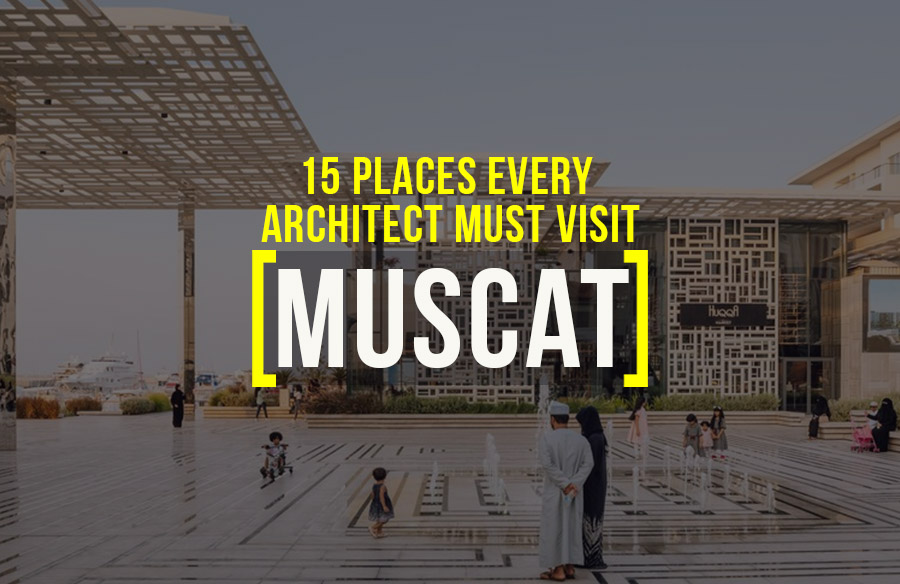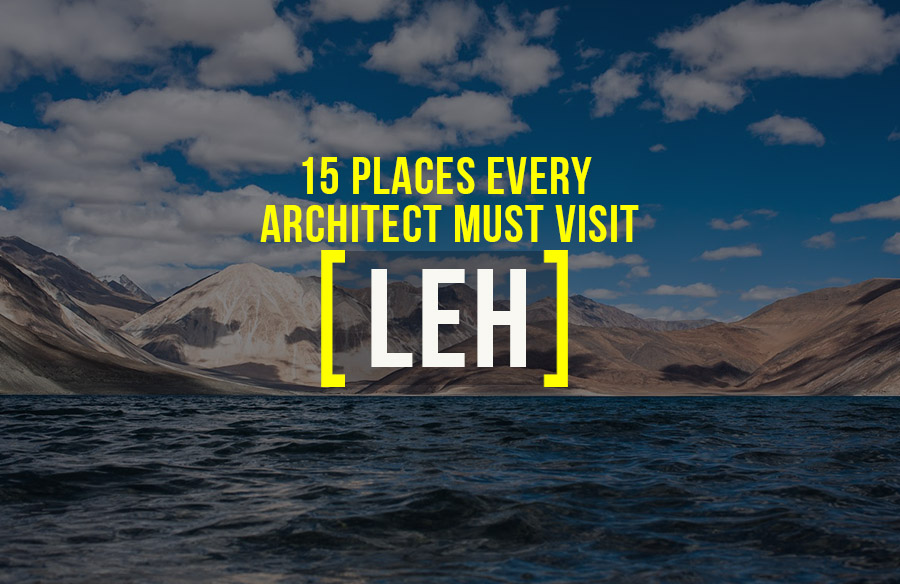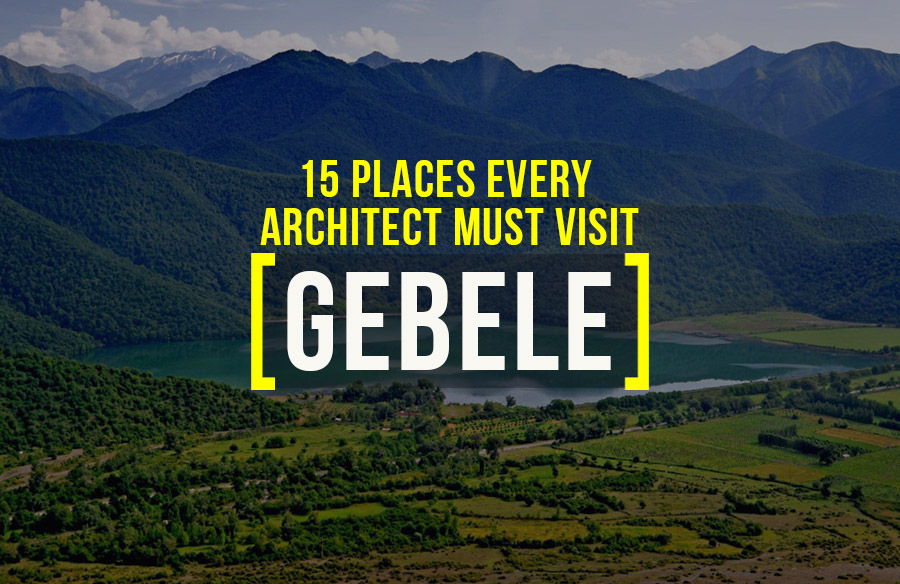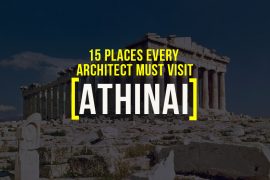Rome is always considered a picturesque city with prodigious contributions to architecture. With a history spanning over 28 centuries back, the architecture in Rome started with the Italian Renaissance, the Romanesque style, and later on, led to the origin of Baroque style and Neo-classicism. Rome is rich in Christian antiquity and classical architecture that originally developed new forms such as the arch, the dome, and the vault.
” When in Rome, live in the Roman Way” – Ambrose
Let’s see the most stupendous places an architect must definitely visit in the poetic city.
1. The Colosseum | Architecture in Rome
Being the renowned iconic symbol of Rome, this Flavian oval Amphitheatre remains the model for sports arenas and football stadiums in Europe. Construction began in AD 72 and was completed in AD 80, the structure comprises travertine limestone, volcanic rock, and brick-faced concrete. Initially, it was used for gladiatorial contests and battles, entertainment purposes in the early medieval era, later as a fortress and place for workshops. It has several supporting structures around such as the Arch of Constantine, a series of tall stone posts, and several building for the aid of gladiators.
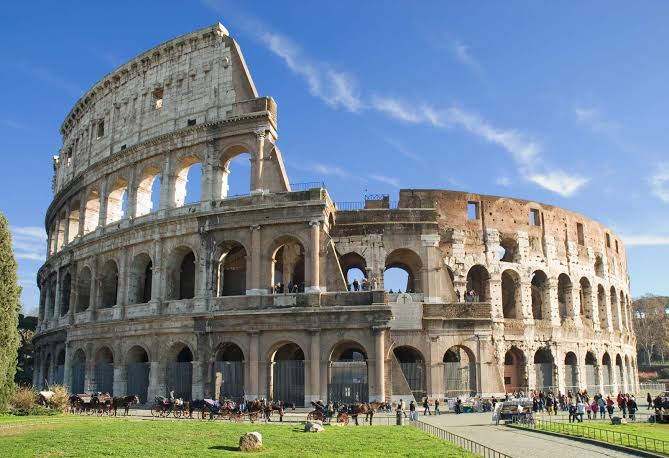
2. Trevi Fountain
The largest Baroque fountain of the city is located in the Trevi district of Rome, heights about 86 feet and are 161 feet wider. Palazzo Poli forms the backdrop of the fountain with its façade newly designed with a giant order of Corinthian pilasters meant to link two stories with a triumphal arch superimposed in the center. The fountain is built with travertine stone and forms the junction of three streets. It has the famous coin throwing tradition and is featured in many movies.
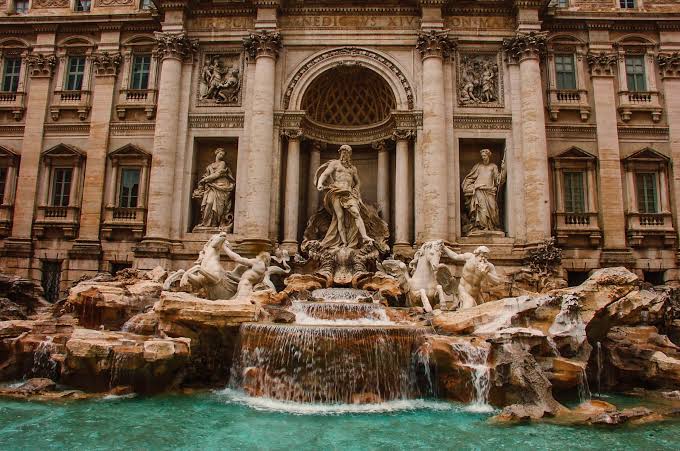
3. The Pantheon
The infamous Pantheon was formerly a Roman temple and presently a church and has a cylindrical portico of large granite Corinthian columns under a pediment. The rotunda which is under the coffered concrete dome has a central opening to the sky and is linked to the porch by a rectangular vestibule. It has the world’s largest unreinforced concrete dome with the height of the oculus (opening to sky) and diameter of the inner circle being the same. It remains the standard example among the revived classical styles.
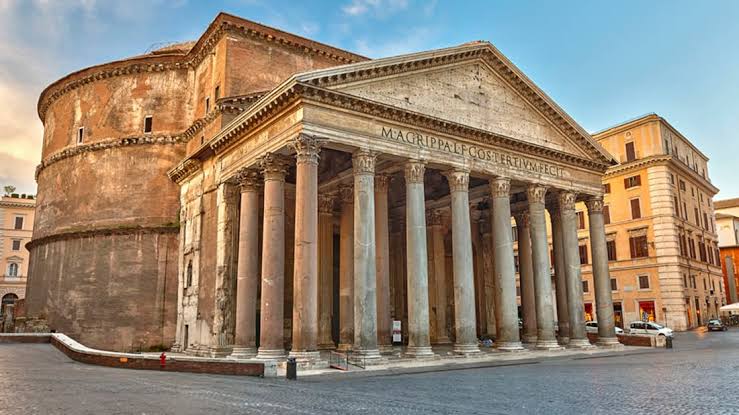
4. St Peter’s Basilica
St. Peter’s Basilica is an Italian Renaissance church in Vatican City, with the papal enclave within the city of Rome. It is considered as a church holding a unique position in the Christian world and eminent of all churches of Christendom. It is the largest church in the world, renowned for its Renaissance architecture. This basilica is a fusion of Renaissance and Baroque architecture.
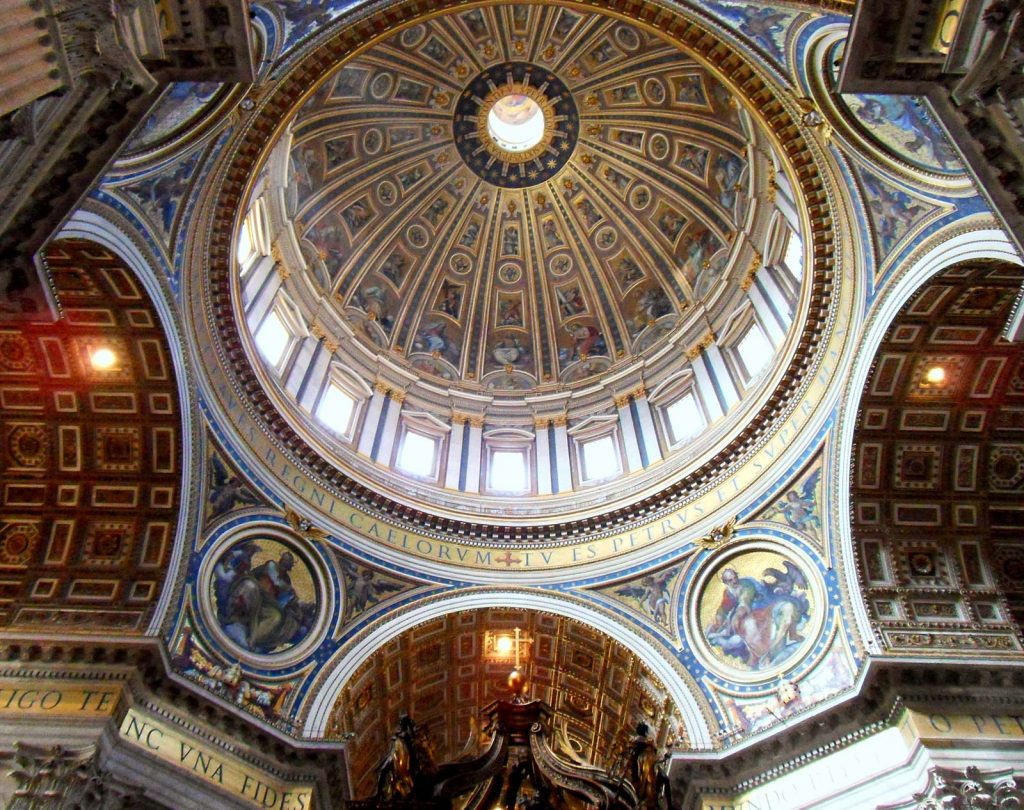
5. Palazzo Barberini | Architecture in Rome
Barberini Palace was constructed in the 17th century in Rome, facing the Piazza Barberini in the neighborhood Riona Trevi. There is Berini’s grand two-storey hall centered by a forecourt inclined by the palazzo. The hall is backed by an oval salon (lounge), with an extended wing on the lower level. The main block has three tiers of arch-headed windows and Borromini’s false perspective windows on the uppermost floor that gives the illusion of extra depth. The salon ceiling has a baroque fresco that highly influenced the decorations for palatial and church ceilings. Now it houses the main national collection of the greatest old paintings in Rome.
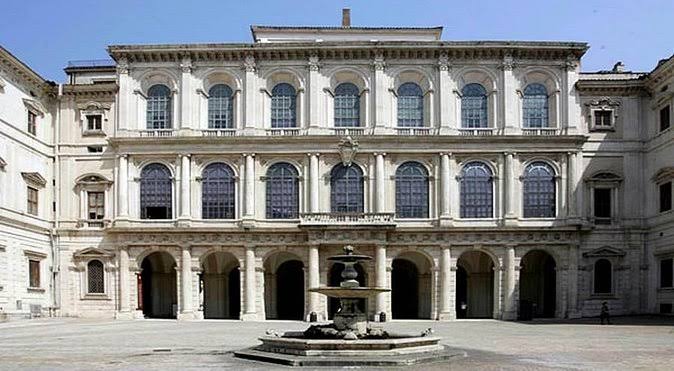
6. Palazzo Farnese
It is one of the important high Renaissance palaces in Rome. Previously owned by the Italian republic, it now serves as the French embassy in Italy. The building’s history involved some of the most prominent Italian architects of the 16th century, including Michelangelo, Jacopo Barozzi da Vignola, and Giacomo Della Porta. It started the two divergent trends in painting; the Roman High Baroque and Classicism. Most of the rooms’ interiors were frescoed.
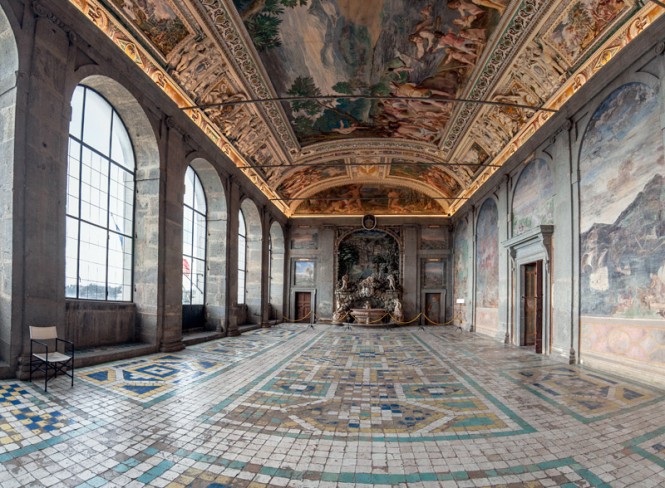
7. Roman Forum
It is a rectangular plaza surrounded by the ruins of several ancient and important Roman buildings and is located in-between the Palatine and the Capitoline hills. Also known as the forum magnum, it was originally a marketplace as referred to by ancient citizens. It was a site for triumphal processions and elections, the venue for public speeches, criminal trials, gladiatorial matches, and the center of commercial affairs.
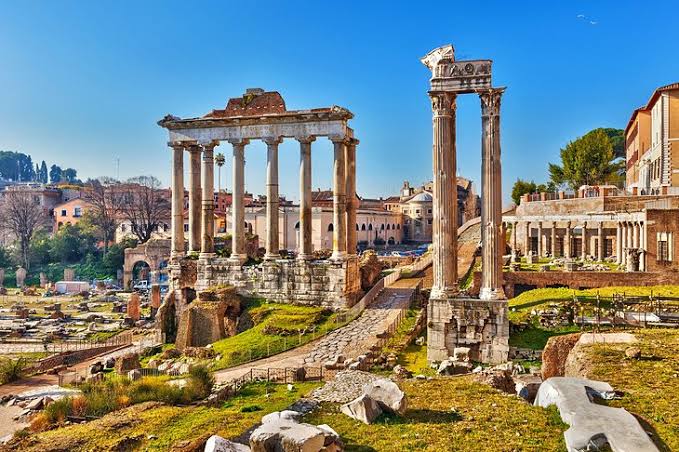
8. San Carlino
Also known as San Carlo Alle Quattro Fontane, it is a Roman Catholic Church located in Rome. The exterior has a concave-convex façade and tall Corinthian columns on plinths bearing the main entablatures. Small columns behind the main columns form frames of niches, windows, and a variety of sculptures. The interiors are phenomenal and complex with three principal parts; lower order at the ground level, transition zone of the pendentives, and oval coffered dome with its oval lantern. It is considered the iconic masterpiece of Baroque architecture.
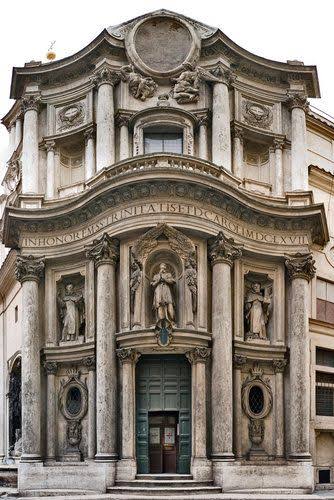
9. Capitoline Museums
This single museum holds a group of art and archaeological museums in Piazza del Campidoglio on top of the Capitoline hill in Rome. It dates back to 1471, has ancient Roman statues, inscriptions, artifacts; a collection of Medieval and Renaissance art; collections of ancient bronzes, jewels, and coins. Palazzo Senatorio, Palazzo Dei Conservatori, Palazzo Nuovo are the three main buildings surrounding the Piazza Del Campidoglio interlinked by an underground gallery.
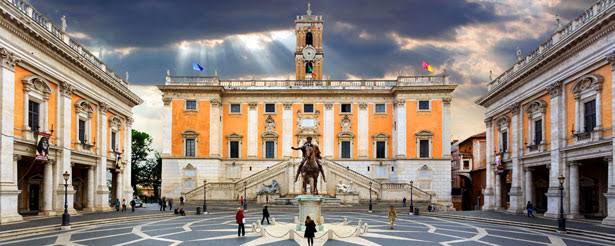
10. Santa Sussana | Architecture in Rome
It is a Roman Catholic parish church located on the Quirinal hills in Rome. The church has a single nave with a single apse forming two side chapels. Its façade is highly influenced by the Baroque design. Centrally crowded columns and pilasters that are rhythmically arranged with increased decoration, add complexity to the structure. The entrance is surrounded by triangular pediments and windows replaced with niches.
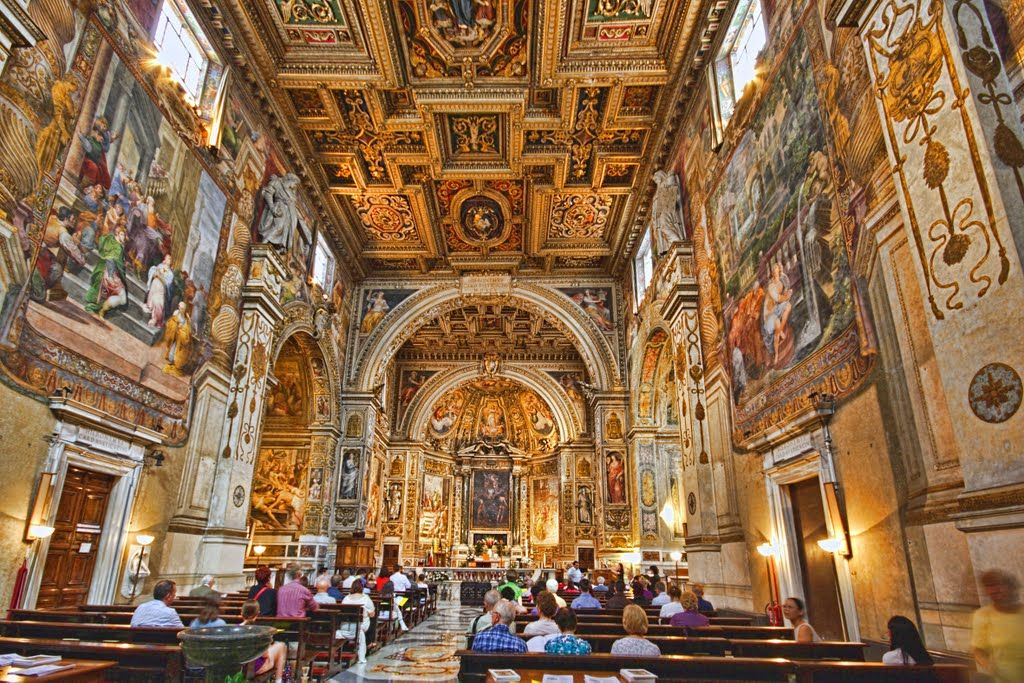
11. Castel Sant’Angelo
It is a towering cylindrical building in Parco Adriano, Rome which was originally a mausoleum of a Roman emperor and his family, later used as a fortress and castle by Popes and currently serves as a museum. It provides a scenic approach from the center of Rome and the left bank of the Tiber and is renowned for the Baroque additions of statues of angels holding aloft instruments of the Passion of Christ.
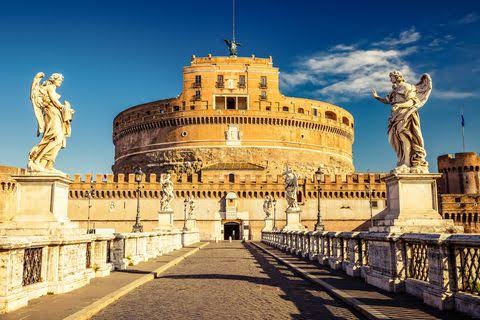
12. Trajan’s Market | Architecture in Rome
The market is a large complex of ruins that reveals the treasures and insights about Ancient Roman architecture. It is located on the Via Dei Fori Imperiali, at the opposite end of the Colosseum. It is the world’s oldest shopping mall with delicate marble floors, multi-level shops and apartments, arcades, and administrative offices. It has two large halls on the lower part and a grand hall roofed by a concrete wall raised on piers with materials such as brick and concrete is widely used.
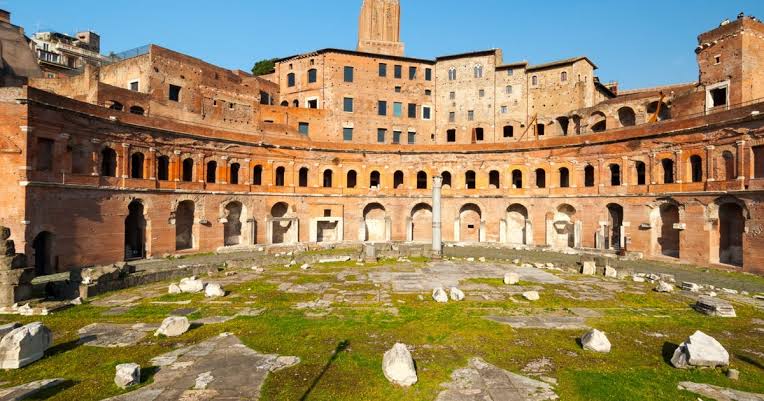
13. Sistine Chapel
This chapel in Apostolic Palace is the official residence of the Pope in Vatican City. The exteriors are plain as common in Italian churches with no façade or processional doorways with very large buttresses. The interior ceiling of the chapel is a flattened barrel vault springing from a course that encircles the walls at the level of the springing of the window arches.
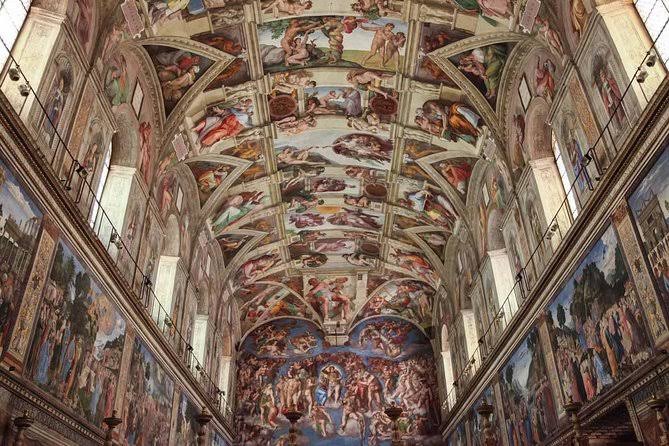
14. Altar of the Fatherland
It is a national monument built in the honor of the first king of united Italy. The site is in between Piazza Venezia and Capitoline hill. It is considered as the modern forum, agora on the three levels connected by stairways and dominated by a portico characterized by a colonnade. It is one of the national symbols of Italy with the architectural and artistic connotations of Italian Unification.
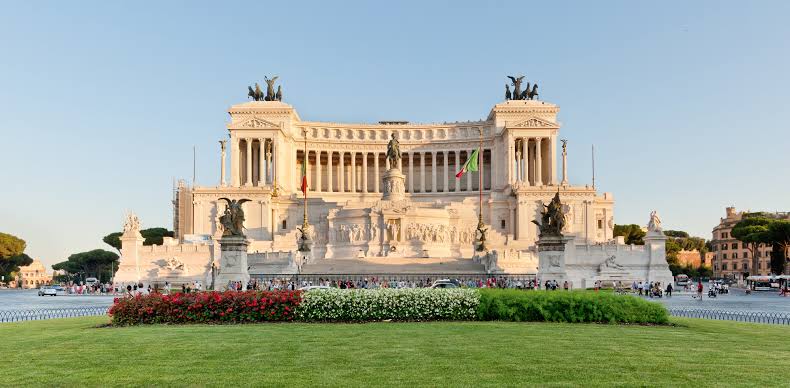
15. Sant’Agnese in Agone | Architecture in Rome
Also known as Sant’ Agnese in Piazza Navona, it’s a baroque church in Rome. The interior is surrounded by marble sculptural masterpieces around the circumference, dedicated to individual martyred saints. There are four altars in the pillars set in semi-circular niches. The pendentives of the dome were painted with the Cardinal Virtues by Bernini’s protégé, Giovanni Battista Gaulli. It faces the Piazza Navona, one of the main urban spaces in the historic center of the city.
